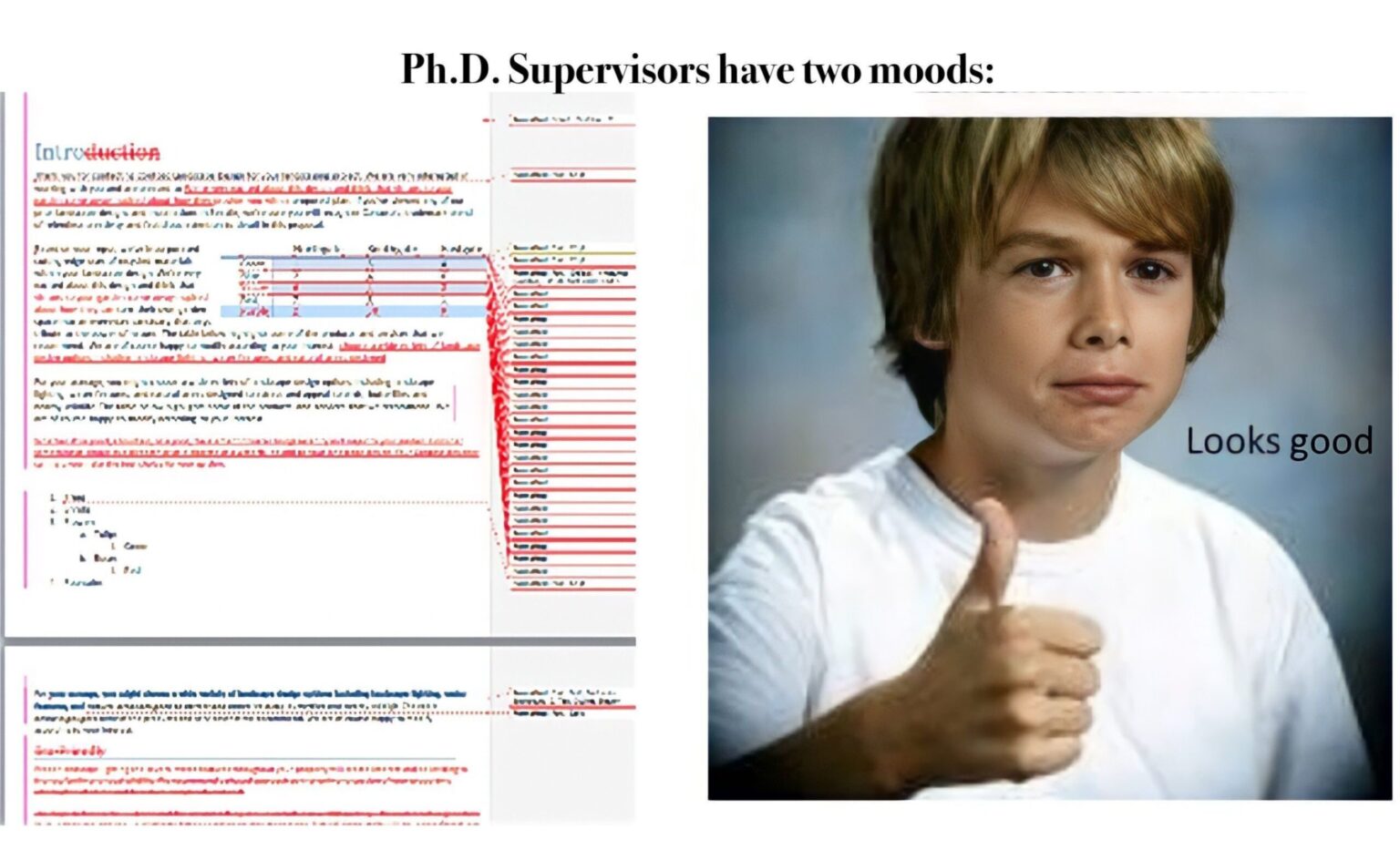Easy Paper Writing Tips

Below are a few paper writing tips that improve the clarity of research papers, while also being fairly easy to implement:
-
Minimize the use of pronouns (“this,” “it,” “these,” etc.) – pronouns add cognitive load to the reader. If you must use a pronoun like “this,” “those,” “that,” etc., only use it as an adjective (e.g., “this result”) to give the reader more cues about what the pronoun refers to.
-
Put the verb as early in the sentence as possible. Early verbs make sentences easier to parse.
-
Unfold apostrophes (X’s Y -> The Y of X)
-
Use simple (minimal syllable) words
-
Lead and end paragraphs with strong and clear sentences. Middle sentences are for elaboration.
-
Minimize visual white space on the page, in figures, captions, section headers, etc. Minimizing white space lets you include more content in the conference paper page limit.
-
Make sure there are no lines that contain just a single word (e.g., at the end of a paragraph). It looks ugly and takes up space, so shorten some sentences in the paragraph if you see this.
-
Make the thing you care about the subject of the main clause.
-
Don’t use comparatives (without explicitly specifying what two things are being compared). Also includes implicit comparatives (“improves”).
-
If a sentence is long, split it into two: one sentence, one idea.
-
Make sure every sentence adds information.
-
Don’t be afraid of long sentences if they have simple/easy-to-understand words.
-
Don’t use long sentences with a lot of actual content/information; just split the sentence into two.
-
Ask about every word/sentence: “Is this necessary?” and “Can I phrase this more simply?”
-
Don’t repeat (similar sounding) words in the same sentence.
-
Remove the following words:
a. Actually
b. a bit
c. Fortunately
d. Most connectives (i.e. “However”)
e. To our knowledge
f. Note that
g. Observe that
h. Try to
i. very, really, extremely, etc.
-
Replace the following words:
a. Want
b. Hope
c. Contractions (“it’s” –> “it is” for formailty)
d. Any words in quotations marks (a way to sneak information, imprecise, or “dodgy” words in)
-
Ask about every sentence: Is what you’re saying correct?
-
Never use passive tense; always specify the actor (“We find…”)
-
Explain all unusual/uncommon terminology on the first usage in the paper.
-
Don’t start every sesntence with “We’- it’s good to add just a bit of variation
-
Plots:
a. Use the font size for axis ticks/labels at least as large as the normal paper text
b. Colorblind friendly colormaps (e.g. “perceptually uniform ones” like matplotlib viridis)
-
Put an eye-catching figure on the first page if possible because most readers will just see the first page and decide whether to read the paper based on that.
-
“There are four parts to the paper: The title, abstract, intro, and rest of the paper. You should spend equal time on each” – Jitendra Malik. This is good advice because it advises you to spend writing time on sections in proportion to the amount of reading time a section will get. “These days, I’d add another, equally important part of the paper: the tweet thread” 🙂
-
Check for typos before final submission, e.g., with some auto-checking software. Overleaf misses things that e.g. Grammarly does not.
-
Limit hedging (“may” or “can”). Hedge words should almost always be dropped.